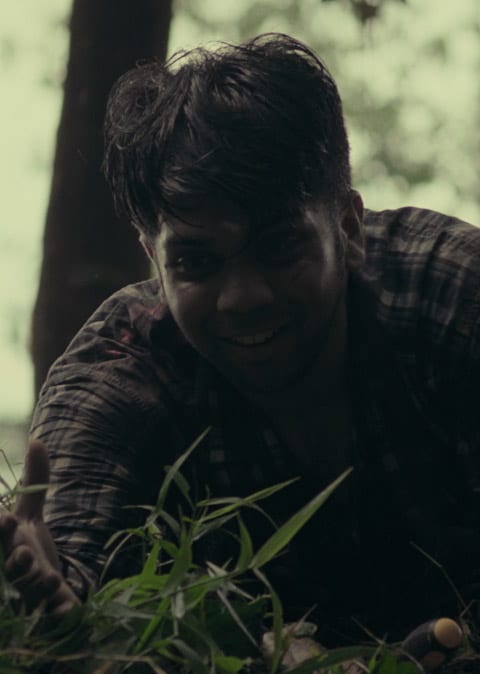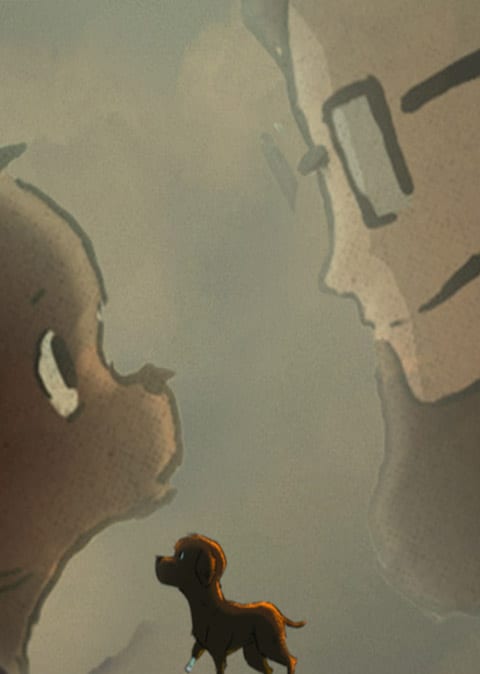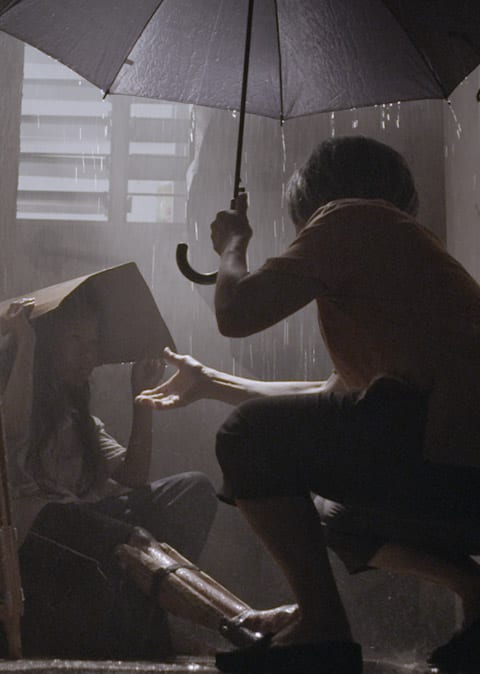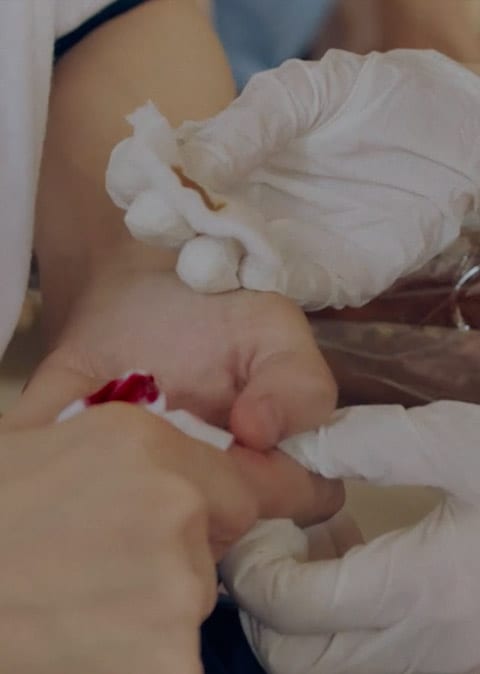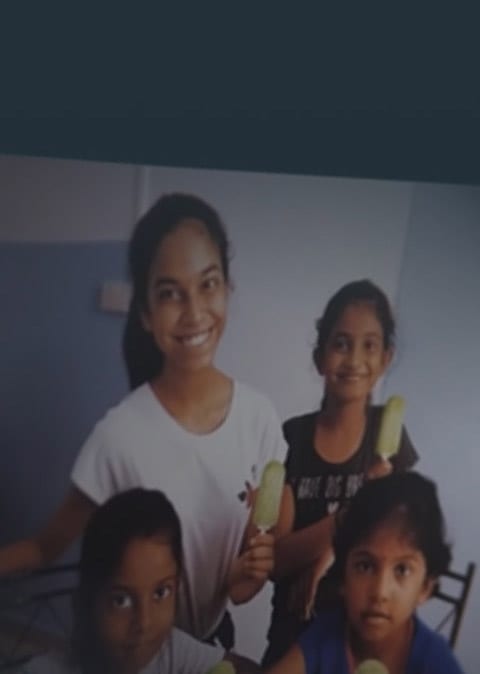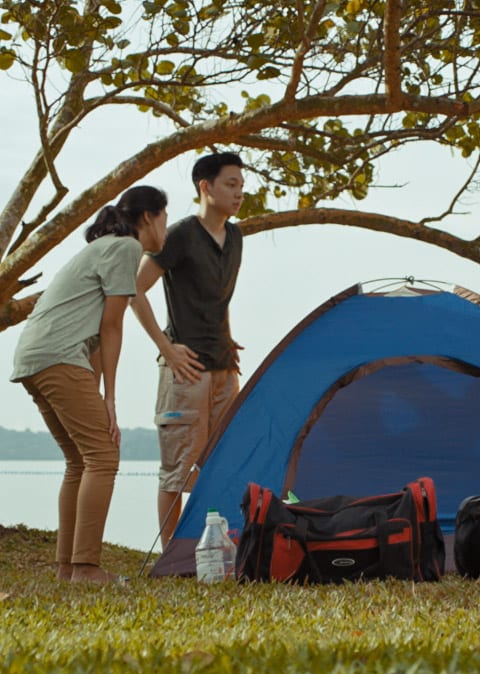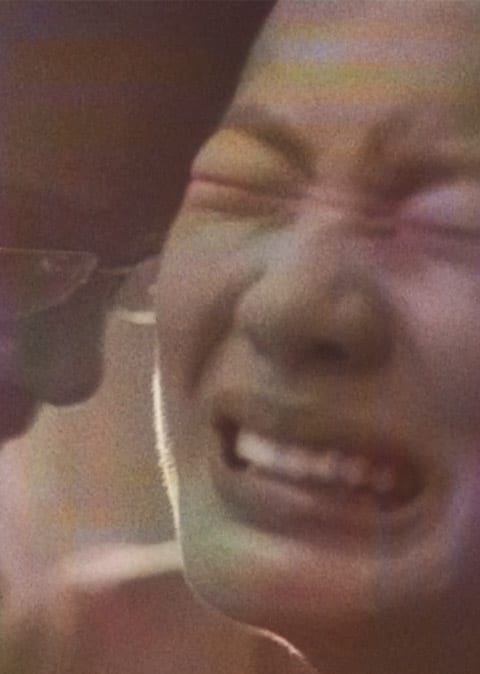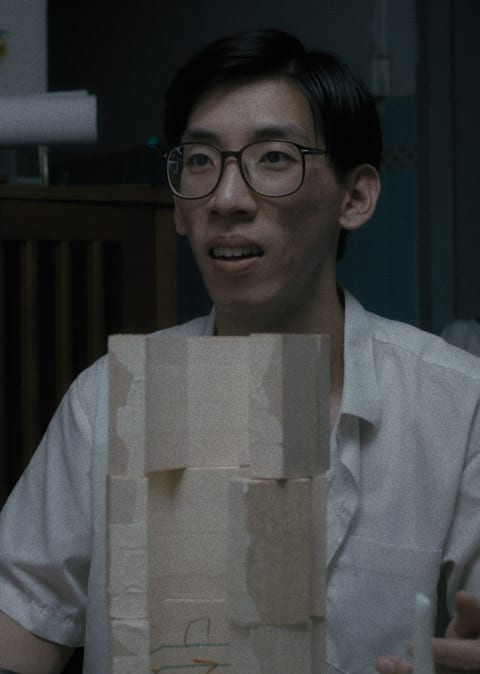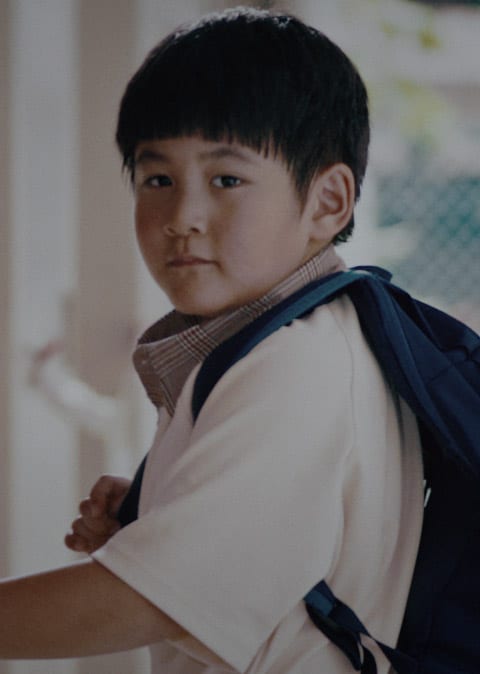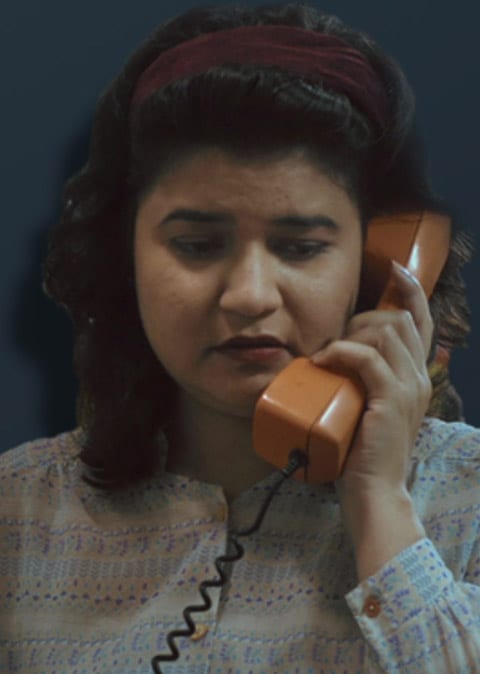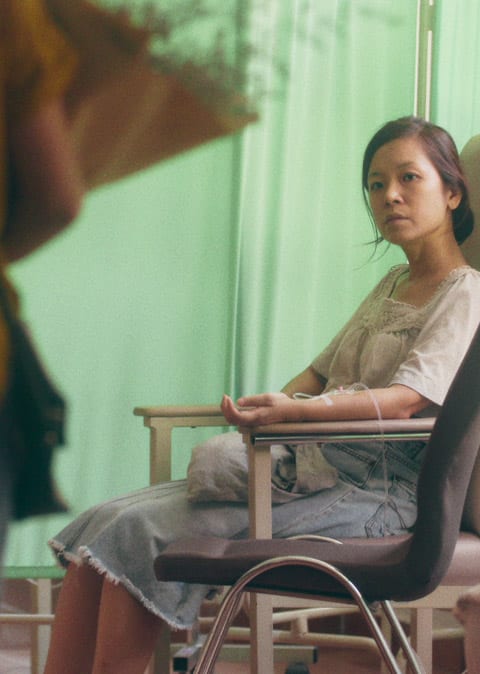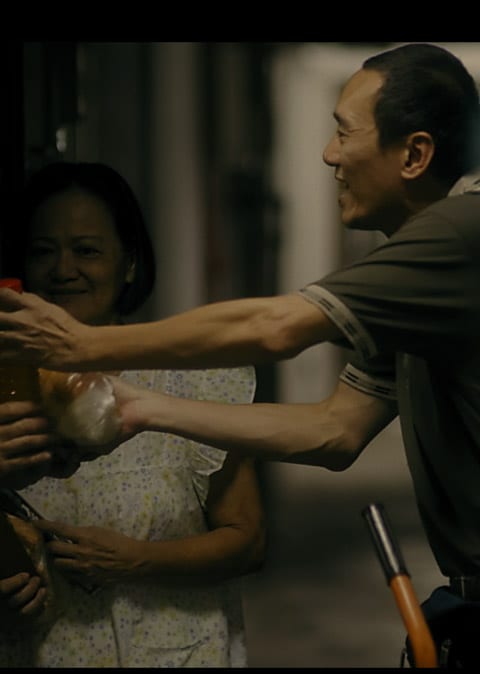As part of the M1 Peer Pleasure Youth Theatre Festival 2020, Republic Polytechnic’s Diploma in Arts and Theatre Management & Operation Theatre Interest Group put on a show called Riley’s Rain. Riley’s Rain is an interactive online performance for audiences on the autism spectrum, as well as those with sensory sensitivities. This performance is also suitable for typically developing children between 3-5 years old. Here, we speak to final year students Chloe, Janette and Elly who were part of the process and development of this production.
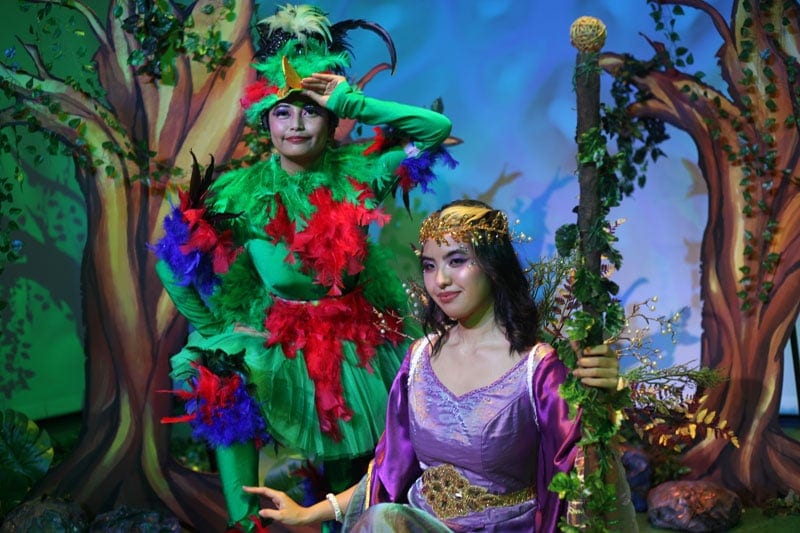
1. What do you do as part of the production team?
Elly: I looked into the publicity and outreach of this production together with three of my teammates. We also curated and put together the Home Activity Kit, which is known as Riley’s Rain Box, the Online Guide as well as the Activity Booklet that can be found in the Rain Box. On top of that, I also performed as Marco, the Tiger!
Janette: I designed the set that you see on screen as well as the puppetry box. Before putting it together, my team and I also did a prototype to ensure that visually it looks good. We also had to ensure that the colours selected blends in well with the colours of the costumes and props. On top of that, I also took on the role of Guardian of the Forest!
Chloe: I designed the costumes together with four of my other teammates. My team and I also designed and put on the make-up for the actors.
2. What drew you to get involved with a production like “Riley’s Rain”?
Elly: When I first heard about “Riley’s Rain”, I was super interested because it catered to an audience with special needs. I have never worked with such an audience, so I felt like this is a great opportunity to learn more about how to effectively interact with them.
Janette: Likewise, what caught my eye is that “Riley’s Rain” caters to people with special needs. That isn’t something that is talked about a lot. Not a lot of theatres specifically prioritise to cater to people with special needs. I wanted to find out whether there is a big difference in producing a show for people with special needs. For instance, is there a difference in designing certain costumes? What needs to be amended to be inclusive?
Chloe: Following up on what Janette said, I wanted to be able to create sensory friendly costumes!
3. What was the biggest challenge while making this production “Riley’s Rain”? How did you overcome it?
Elly: The biggest challenge was to convert the live performance into a recorded performance that would be streamed online in a very short span of time. Due to Covid-19, we could no longer plan for our initial pre-show activity and had to think of activities that these children could conduct at home. Materials were also difficult to get as shops were closed during Circuit Breaker.
Janette: Adapting to the constant changes due to Covid-19 – and having to balance time management alongside adjusting to the changes. We try to be as positive and adaptable as possible whenever there comes a new change. The support we have from the whole team is very helpful to overcome these challenges.
Chloe: I had to translate my initial costume designs for stage to costume designs for TV. There are so many differences when it comes to designing for both mediums, for example, our fabric could not be too reflective or shiny if it was for film.
4. What was your main lesson while making this production “Riley’s Rain”?
Elly: For me, it was about keeping the audience in mind. Whenever I felt stressed or overwhelmed, I thought how exciting it would be for them to watch us perform! Another thing I learned was about being resourceful. We could not get to the stores during the Covid-19 period, so we needed to be tactful about how we coordinated online deliveries.
Janette: Through this production, I learned to think about everything in detail. Unlike my previous art or dance performances, I had to really think about how set pieces played a part in creating a sensory-friendly experience.
Chloe: For a typical audience, they would just sit down and enjoy the performance. But for audiences with special needs, they may have additional needs such as the ability to be free to roam and be active. We welcome them and they often do interact with the sets and props,so we had to learn to construct costumes and props that were sturdy because they were initially meant to be able to interact with the costumes and sets. Now that it is online, the team followed a palette called dual tones, a recommended colour palette for film. This ensured the colours do not look too blurred or bright on screen, and are pleasing to the eyes when the audience watches the video.
5. Why would you recommend “Riley’s Rain” to others?
Elly: It is an insightful production. We have interactive segments with the audience. There are interactive sensory kits, including a bird whistle, feathers and leaves. They can be used when the kids watch the show. Even for those without a kit, you can tune in with the online guide!
Janette: I’d recommend the production because it has a meaningful message we want to convey. It reminds us that we can make the world a beautiful place by helping people along the way and making new friends!
Chloe: I’d recommend it to see how unique the approach was incorporating interactive sensory elements while watching it online at home; at the same time ensuring that we continue to reach out to our audience with special needs.
6. What insight do you hope people gain after watching “Riley’s Rain”? Would you like more productions like “Riley’s Rain”?
Elly: I hope that people will be more aware of audiences with diverse needs and try to incorporate sensory play in our lives. Being in touch with our senses is very important, we can become more self-aware.
Janette: I hope the audience would appreciate this performance especially with colourful and beautiful set pieces.
Chloe: I hope people will understand how the arts make up an important part of our lives. It helps us communicate and express in ways that other mediums are not able to.
7. In general, what actually made you interested in pursuing a course within the arts?
Elly: Through the arts, we can learn without feeling judged. I learn more about societal issues through plays. It gives an in-depth view to a perspective that is different from my own.
Janette: I have actually been doing art for a long time. I started dancing when I was four. In secondary school, I took subjects like drawing and painting. So when I moved onto Poly, I knew I wanted to continue within the arts. There are so many mediums, genres, and types of forms that people can explore.
Chloe: Personally, I have been exposed to the arts and theatre world since I was young. My family is interested in the arts, so they always take me to plays and shows when the opportunity arises. I really enjoyed the technicality and how everything kind of came together. I am interested in how the arts allow you to freely express yourself.
You can watch Riley’s Rain here. Please join the dialogue with the creators of Riley’s Rain, Gloria Tan and Samantha Bounaparte, this Saturday, 15 August, at 2.30PM. Register here.
M1 Peer Pleasure Youth Theatre Festival is produced by ArtsWok Collaborative, in collaboration with Esplanade – Theatres on the Bay. Find out more.
Most of the festival’s programme is free. Support with a financial contribution via Giving.sg.






